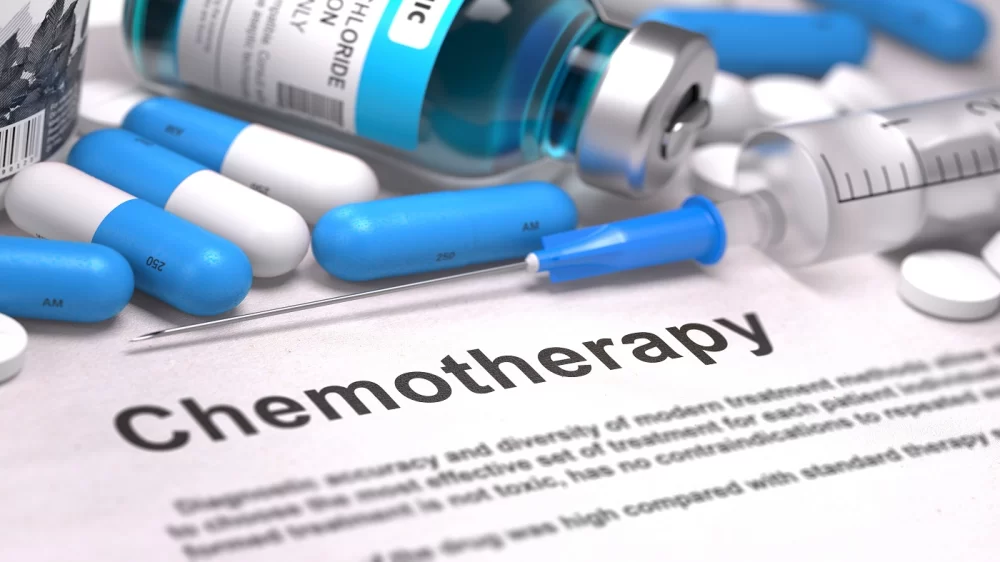
- 1-Understanding-Chemotherapy-Side-Effects
- 2-Common-Side-Effects-And-How-To-Manage-Them
- 3-Practical-Strategies-For-Symptom-Relief
- 4-Real-Life-Experiences-And-Insights
- 5-Resources-And-Support-Services
1. Understanding Chemotherapy Side Effects
Chemotherapy drugs are powerful treatments designed to target and destroy cancer cells, but they often affect healthy cells too, leading to a range of side effects. Knowing how to manage side effects of chemotherapy drugs is essential for maintaining quality of life during treatment. These side effects can vary widely depending on the type of drugs used, dosage, and individual patient factors.
Common side effects include fatigue, nausea, hair loss, and lowered immunity, but there are also less obvious impacts such as changes in appetite, skin sensitivity, and emotional distress. Understanding these helps patients anticipate challenges and actively participate in managing their health.
1.1 Why Side Effects Occur
Chemotherapy attacks rapidly dividing cells, which include cancer cells but also healthy cells in hair follicles, the digestive tract, and bone marrow. This collateral impact causes the symptoms patients often experience.
1.2 The Importance of Early Management
Addressing side effects promptly can prevent complications and improve treatment adherence. Patients who feel supported and informed often report better outcomes and a stronger sense of control.
2. Common Side Effects And How To Manage Them
Effective management starts with identifying the most frequent chemotherapy side effects and tailoring solutions accordingly.
2.1 Nausea and Vomiting
One of the most distressing effects, nausea can be minimized through medication prescribed by oncologists, eating small frequent meals, and avoiding strong smells. Ginger tea and acupuncture have also shown benefits in some cases.
2.2 Fatigue
Persistent tiredness can be combated by balancing rest with gentle physical activity. Simple stretching or short walks can boost energy levels without overwhelming the body.
2.3 Hair Loss
While hair loss is often unavoidable, using gentle hair care products and scarves or wigs can help patients cope emotionally and maintain self-confidence.
2.4 Lowered Immunity
Since chemotherapy weakens the immune system, avoiding crowded places, practicing good hygiene, and staying up-to-date with vaccinations are crucial preventive steps.
3. Practical Strategies For Symptom Relief
Beyond direct medical interventions, lifestyle adjustments and supportive care play a pivotal role in managing chemotherapy side effects.
3.1 Nutrition and Hydration
A balanced diet rich in vitamins and adequate hydration supports the body’s healing process. Consulting with a nutritionist specialized in oncology can personalize dietary plans that minimize digestive issues and maintain strength.
3.2 Emotional and Psychological Support
Side effects are not only physical. Counseling, support groups, and mindfulness practices can ease anxiety and depression associated with chemotherapy, improving overall well-being.
3.3 Monitoring and Communicating Symptoms
Keeping a detailed symptom diary helps healthcare providers adjust treatments or suggest remedies quickly. Open communication ensures side effects don’t go unmanaged.
4. Real-Life Experiences And Insights
Consider the story of James, a 55-year-old undergoing chemotherapy for lymphoma. Initially overwhelmed by nausea and fatigue, he worked closely with his healthcare team to adopt anti-nausea medication, gentle yoga, and a tailored nutrition plan. Within weeks, James noticed a remarkable improvement in his energy and comfort, enabling him to continue treatment with a positive outlook.
Similarly, online communities have shared countless testimonials where proactive management of chemotherapy side effects, including early intervention and lifestyle adjustments, significantly enhanced patients' quality of life.
4.1 Overcoming Emotional Challenges
Many patients face emotional hurdles alongside physical symptoms. James’ experience with group therapy helped him process fears and build resilience, emphasizing the importance of holistic care.
4.2 The Role of Caregivers
Support from family and friends can be invaluable. Caregivers who are informed about managing side effects can better assist patients with daily tasks and emotional encouragement.
5. Resources And Support Services
Accessing the right products and expert advice is vital for managing chemotherapy side effects effectively. The Pharmacy platform offers a wide selection of supportive care products including anti-nausea remedies, nutritional supplements, skin care, and hygiene items designed specifically for chemotherapy patients.
Moreover, Pharmacy provides connections to healthcare professionals and counseling services that specialize in oncology support, ensuring patients and caregivers receive comprehensive assistance throughout the treatment journey.
5.1 Choosing Quality Support Products
Not all products on the market are equally effective or safe. Prioritizing pharmacy-vetted options guarantees better compatibility with chemotherapy treatments and reduces the risk of adverse interactions.
5.2 Leveraging Community And Professional Support
Engaging with support groups, both online and offline, fosters shared learning and emotional relief. Professional guidance complements these resources, creating a well-rounded approach to managing side effects.














